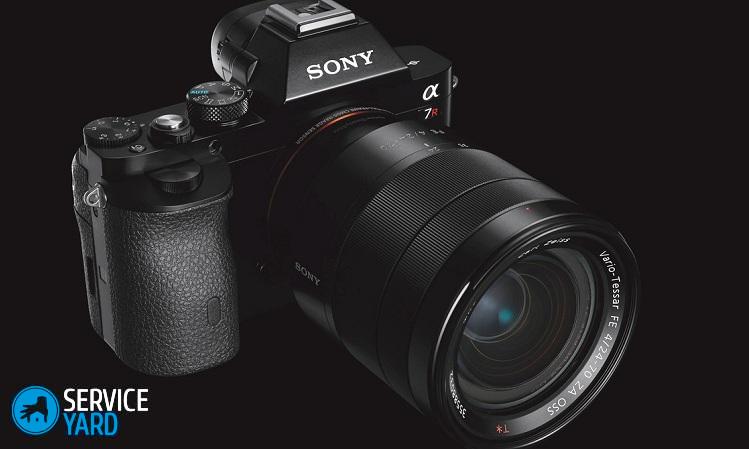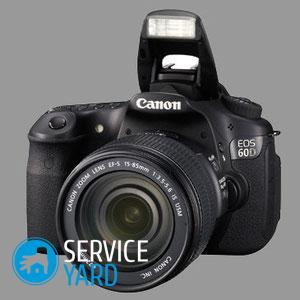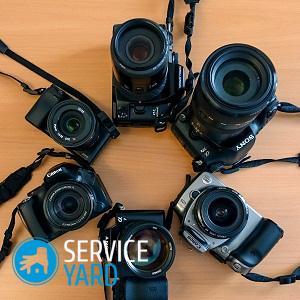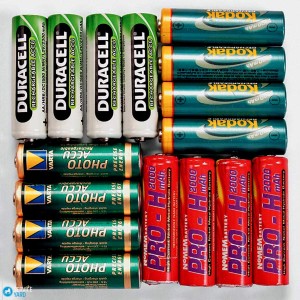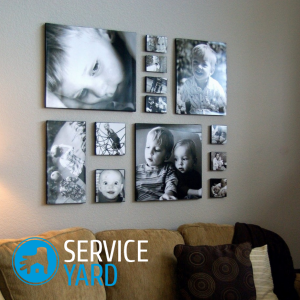Camera matrix - which is better?
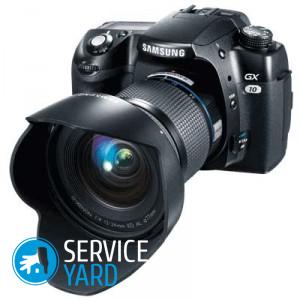
Everyone who plans to engage in photography takes a responsible approach to choosing the device itself. And it is right. First of all, every amateur and professional pays attention to the quality of the matrix. Its size is a very important parameter, but first you need to get acquainted with the device itself, which is a matrix camera. Which is better? - we will deal with this in this article, and for this we need to hit into the study of all its characteristics.
to contents ↑Matrix. What is she like?
The matrix is the surface on which light enters and creates electrical impulses. This phenomenon is processed by the processor, after which the information is recorded in the form of digital values. In other words, the photosensor digitizes the rays of light, which in the future we can observe in the form of a photograph taken.
to contents ↑Resolution
The photosensor is a multitude of pixel sensors. The number of these pixels characterizes the resolution of the digitized image. Detailing is due to the number of these pixels. Now you understand what exactly determines the clarity of the image. For DSLR cameras, this number is called megapixels.
Important! The prefix “mega” can be replaced by a conditional multiplication by one million.
Modern technologies have up to 30 million pixels. The size of the matrix inversely affects the depth of field of the photograph. Also, this parameter affects the size of the pixel, only in direct proportion. It is not difficult to conclude that both photosensitivity and color rendering depend on sizes.
Important! Each of the pixels forms only one point of the image, it follows that their number will determine the detail of the photograph.
The size of the matrix of the camera, which is better to choose? Let's first deal with its purpose.
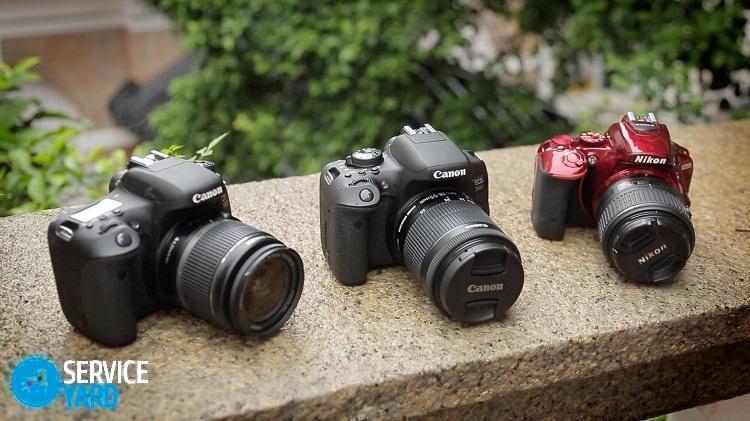
The physical size of the matrix
This parameter plays one of the most important roles in the operation of the camera. Obviously, we are talking about geometric dimensions. The width and length of the sensor is measured in millimeters, and in some cameras it can be converted to inches.
Important! When choosing a camera, select smaller values in inches, since the characteristics always indicate the reciprocal of the value.
The digital noise that occurs when the main signal is transferred to the camera transmitter depends on this size. How much light gets to the sensor depends on the area.
Recently, it has been customary to take into account the “crop factor” coefficient, which shows the ratio of the sensor and the full frame.
Important! Depending on your goals, also understand with our help SLR or digital camera is better.
Photosensitivity
Photosensitivity is the property of films or matrices that are made of a material that is sensitive to light. This parameter characterizes the speed of "absorption" of light. By standards, this parameter is usually designated as ISO.
Important! The higher this value, the less light rays will be required for shooting. This phenomenon is very useful when you need to work in a dimly lit room.
This indicator indicates the ability to amplify the signal. All this means that a high ISO value will lead to more signal amplification, but noise amplification cannot be avoided. Therefore, large values are not always an indicator of quality.
Important! Refrain from such cameras if you do not respect grain.
The most optimal ISO value should be somewhere around 400 units.
So we moved on to the most important question: what type of matrix is better for the camera ?.
Types of Camera Matrices
The following types of matrices are distinguished, which depend on the type of filter used:
- RGB is the cheapest type, most widely used in photo technology.
- RGBW Models with this type will cost a little more, but, as you know, you have to pay for quality. RGBW is convenient to use in dimly lit places.
- RGBE In such matrices, a Baer filter is installed, which positively affects the color scheme of the photograph. The colors of such photographs are as close to natural as possible.
Important! Do not think that only professional expensive models have high performance. It’s quite possible to pick up today:
You can also classify sensors by two different types of sensors:
- CCD (CCD). Provides sequential reading from information cells.
- CMOS Reads data separately at a specific address of the desired cell.
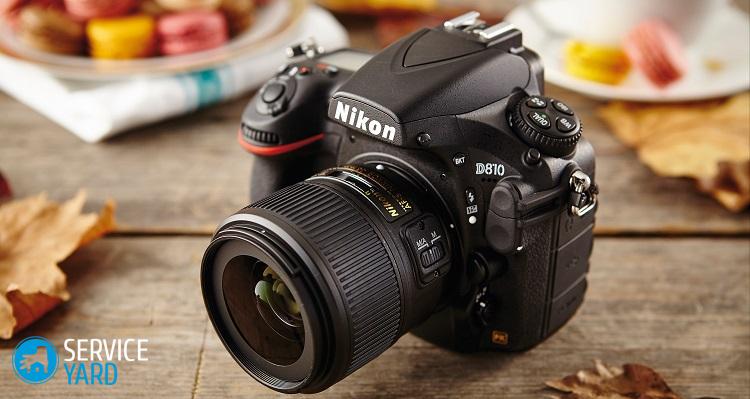
What else are their differences?
- CCD matrices are time consuming to “create” photographs. Such devices are disadvantageous to use for fast shooting.
- If you are interested in auto focus or exposure metering, then a bsi type CMOS is the best option for acquisition.
- CCD-matrix has an undeniable advantage over CMOS - this is its small size. The polysilicon LED allows to achieve smaller sizes of this element, but it also adversely affects the quality of images in those rooms that are equipped with low light.
- The structure of the CMOS matrix used semiconductors from metal oxide materials, which lead to a larger size, but allow you to get the best quality photos.
to contents ↑Important! No matter how often and for what purposes you will use the new technique, it is better to worry right away about putting good camera batteries.
Which is better in the end?
It is impossible to find an objective opinion in this regard, since each technology has undeniable advantages and disadvantages. And everything, to a greater degree, depends on the scope of their application.
to contents ↑Important! Surely you will not want to just store the finished pictures, especially if they will turn out interesting and bright. Bookmark the articles below for future reference:
Stock footage
We hope that, based on what you read, you can determine which type of matrix is best for the camera for you. Have a good shot!



